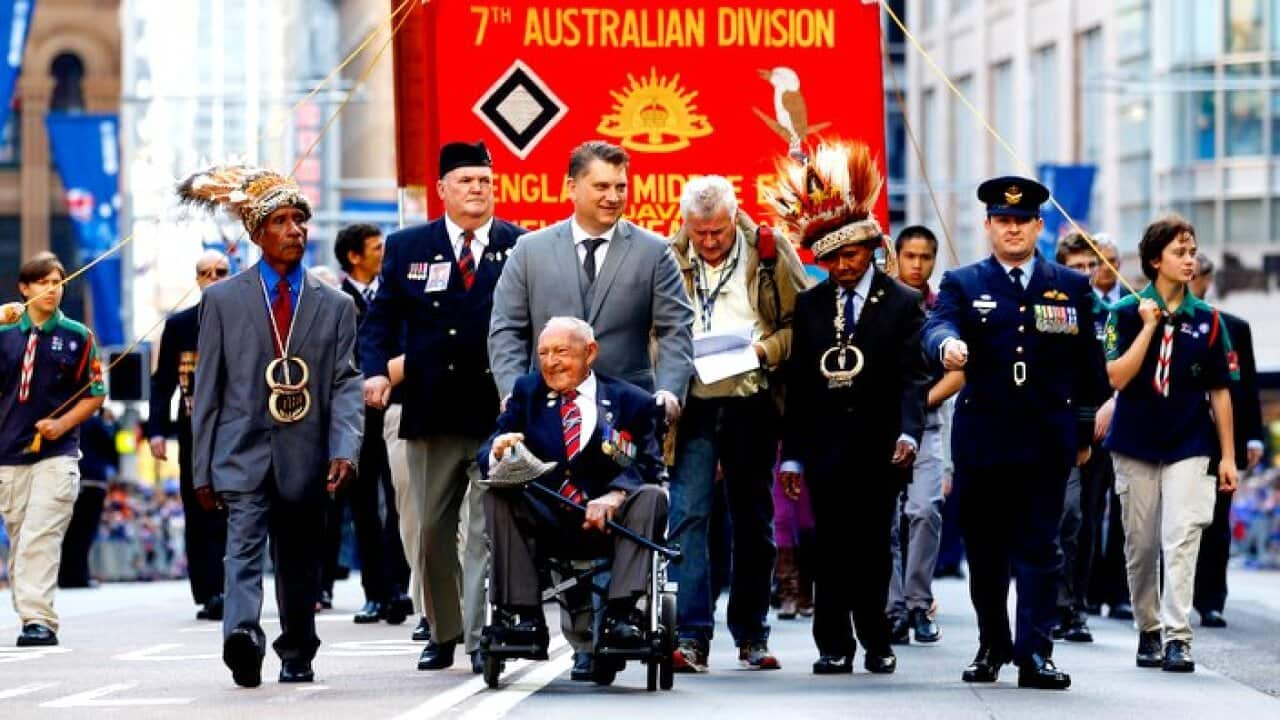On ANZAC Day Australians across the country commemorate those who served, those who fought and those who perished in the Australian and New Zealand forces.
But over time the significance of the day has extended to those who were on the opposite side of the battles.
Now ANZAC marches on 25th April are open to all former servicemen and servicewomen and their descendants.
Sankar Nadeson is of Indian background and works with ethnic communities at The Returned and Services League Victoria and Legacy in Melbourne.
Despite growing up in England and wearing poppies since childhood on Remembrance Day, he never connected his family history with ANZAC.
It wasn‘t until he started working with war widows that he realised the cultural diversity of the ANZAC’s and questioned his own story. He shares, “I asked my aunty and she said yes, your grandfather actually fought in the British Army in Malaysia and I had no idea, completely no idea. I didn’t actually connect to the ANZAC story or to any of the stories of the conflict in war through the imperial forces or the Australian Defence Force on a very personal level in relationship to my history and my family.”
The Australian War Memorial says many of the 420,000 Australians enlisted during the Second World War came from diverse backgrounds. They include Indigenous Australians, and those with British, Asian, Greek and Northern European backgrounds.
Approximately 200 Chinese migrants fought in world war one for Australia.
While working with the Australia China Youth Association Sankar Nadeson says his students were unfamiliar with ANZAC’s multicultural makeup.He says, “Many of the students hadn’t recognized or realized that there was such a thing as Chinese ANZACS. We produced a very contemporary sort of format of art work, street art stencils of Chinese ANZACS, one of those was street art ANZAC stencil artwork of Billy Sing who was a very significant sniper in World War One.”
The revelation brought more than just knowledge.
Sankar Nadeson also worked with the Sikh community and says when the public recognizes returned soldiers it’s a comforting process that contributes to the nation’s healing. He says Sikh soldiers no longer felt like strangers in Australian society.
Sankar Nadeson believes that due to the recognition of its veterans, the Sikh community feels more integrated into the Australian community. He shares, “Sometimes you recognize that you are different to the wider community, but when there are things that are cohesive and bring people together, you feel Australian, you actually feel that this is what Australia is. So the Sikh community actually had the recognition that they were inextricably connected to this community not another.”
Through his work with different ethnic communities Mr Nadenon observed how each community approaches the day,revealing their innate traditions. He says, “In the Sikh culture it’s very serious, there’s a very serious tone, because they have got the warrior saint traditions, but at the same time there is always a sense of celebration and so they were very colourful. Then you have Maori community. And I saw lot of the traditional Maori elements coming into the work, not only of course the fern which is on the flag but a lot of the Maori indigenous culture that non-Maori people, New Zealanders actually embrace."

